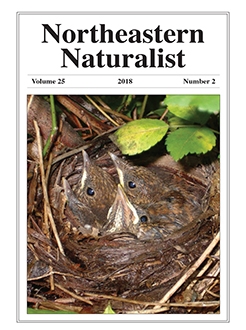Since the 1950s, anthropogenic activity has caused the loss of millions of hectares of bottomland hardwood forest in the Upper Mississippi River Valley, causing population declines in bird populations. Restoration of these forest stands has been ongoing for the past 2 decades. We assessed bird species presence on sites in the Upper Mississippi River Valley to quantify diversity and relate presence to habitat conditions and sites' age since restoration. We observed higher mean diversities at mature bottomland-forest sites during the spring and autumn, but nested ANOVAs indicated no significant differences among restoration-age categories during spring. During the autumn, the 15–23-y and the mature bottomland-forest categories were significantly different from the <7-y category. Predictive habitat models differed among species, but presence of forest-dwelling birds was positively related to forested conditions, such as tree height and tree density. Overall, our analyses show that a variety of birds use these sites, and we suggest further exploration of how assemblages may change in future surveys.
How to translate text using browser tools
1 May 2018
Avian Habitat Use in a Chronosequence of Bottomland Hardwood Forest-Restoration Sites
Paul T. Le,
Lindley B. Ballen,
Richard L. Essner,
Peter R. Minchin
ACCESS THE FULL ARTICLE

Northeastern Naturalist
Vol. 25 • No. 2
May 2018
Vol. 25 • No. 2
May 2018




